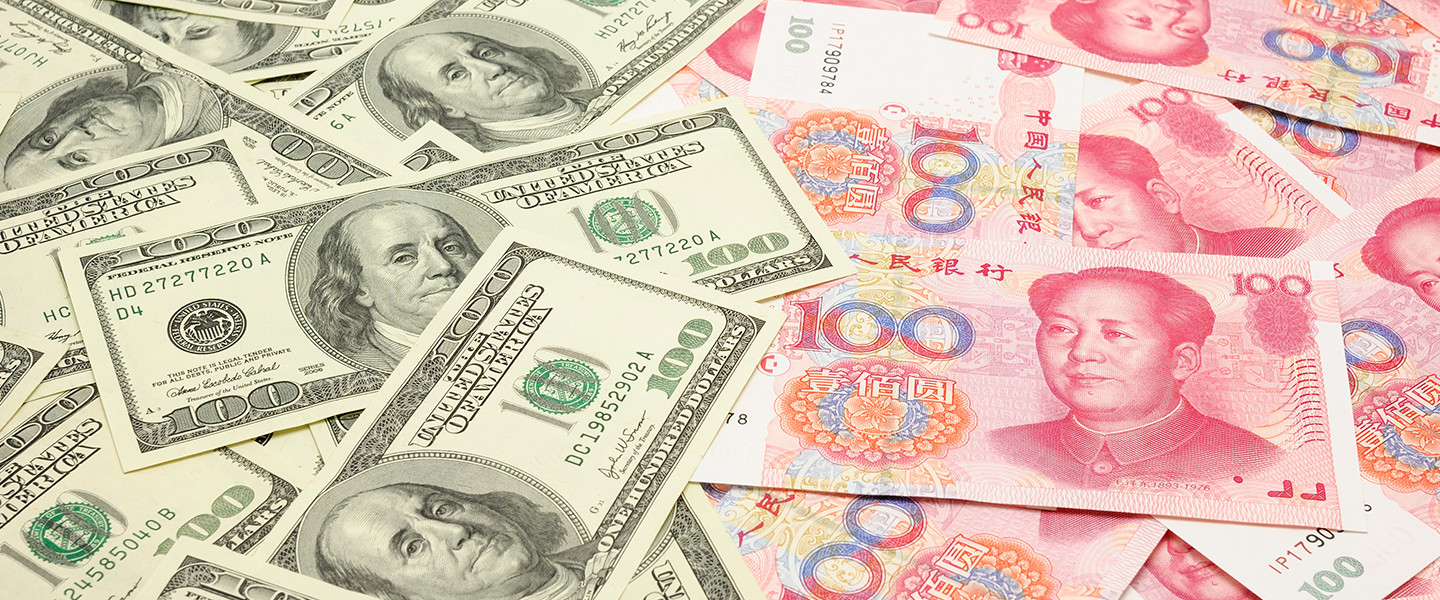The unstoppable ascent of the renminbi


Next month marks five years since China launched the renminbi (RMB) on its unstoppable global ascent with the opening of the offshore RMB market (CNH) in Hong Kong.
Today, few companies or investors can afford to ignore China, or avoid dealing in RMB.
Our Renminbi Globalisation Index (RGI) – which tracks the internationalisation of the RMB across markets – has risen more than 21-fold since December 2010, underscoring the overwhelming response to the RMB around the world.
Almost a quarter of China’s total goods trade is now invoiced in RMB
People’s Bank of China (PBoC) swap lines, offshore RMB clearing banks and Renminbi Qualified Foreign Institutional Investor (RQFII) quotas span the globe. Most recently, Chile was granted all three by China, and Brazil, Russia and Indonesia are among the candidates to host new RMB clearing banks, in our view.
Almost a quarter of China’s total goods trade is now invoiced in RMB. More than 500 foreign companies and institutions have access to China’s onshore bond market, and we estimate that official reserve holdings of renminbi assets have reached USD 70-120 billion, representing around 0.6-1.0 per cent of global foreign exchange reserves.
The RMB has become so global that – in our view – it now meets the technical requirements for inclusion in the International Monetary Fund’s Special Drawing Rights (SDR) basket.
We assign a 60 per cent probability to SDR inclusion happening later this year, giving the RMB much-deserved recognition as a global reserve currency and driving diversification of global investments into RMB assets.
And the next five years? We expect big things for the Chinese currency. Backed by a strong policy momentum, further capital account liberalisation should result in ‘managed convertibility’ for China by 2018. While some safeguards will remain in place, only short-term speculative flows are likely to be tightly controlled.
By 2020, we expect almost half of China’s goods trade to be invoiced in RMB, while offshore deposits could have reached CNY6 trillion, up from CNY1.8 trillion. Inflows to the onshore bond market could total up to CNY4.5 trillion in five years’ time, even if the IMF delays the RMB’s SDR inclusion.
Important disclosures regarding content from Standard Chartered Global Research can be found in the Global Research Terms and Conditions.